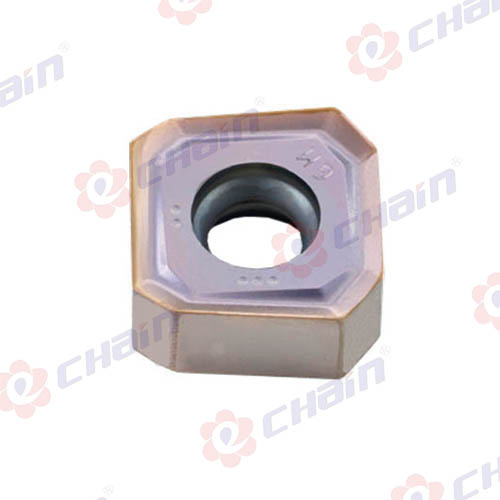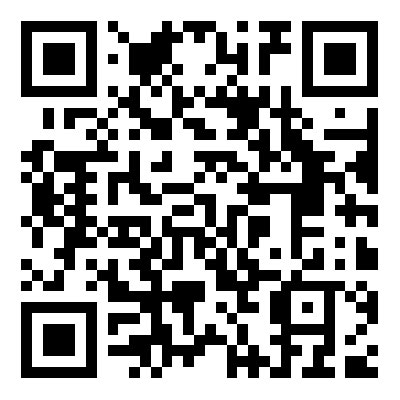The significance of the rake angle in a milling insert's design
2023-10-26
The rake angle in a milling insert's design is a crucial parameter that significantly affects its performance in machining operations. The rake angle is the angle formed between the cutting edge of the insert and a line perpendicular to the workpiece surface. It can be positive, negative, or neutral (zero), and its significance lies in its impact on various aspects of the milling process:
1. Cutting Efficiency: The rake angle influences the direction of the cutting force. A positive rake angle (where the cutting edge is ahead of the perpendicular line) results in more efficient cutting by reducing cutting forces. It allows the tool to engage the workpiece more smoothly, leading to better chip control and less heat generation.
2. Reduced Cutting Forces: Positive rake angles reduce the cutting forces and power consumption during milling. This is especially advantageous in applications where minimizing machine tool wear and energy consumption is crucial.
3. Improved Chip Formation and Evacuation: A positive rake angle encourages the formation of thinner, more manageable chips. This leads to better chip evacuation and reduces the risk of chip jamming, which can be a concern in some milling applications.
4. Reduced Heat Generation: By reducing friction and heat generation at the cutting edge, a positive rake angle helps to maintain tool life and workpiece quality. It's especially important when machining heat-sensitive materials, such as some plastics and non-ferrous metals.
5. Tool Life: The rake angle can have a direct impact on tool life. Positive rake angles often result in longer tool life due to reduced wear and lower cutting forces. However, excessively positive angles may increase the risk of chipping.
6. Workpiece Finish: A positive rake angle can contribute to a better surface finish on the workpiece because it minimizes tool-workpiece contact pressure and reduces the likelihood of tool marks.
7. Material Compatibility: The choice of rake angle should be matched to the specific material being machined. Different materials may require varying rake angles for optimal performance. For example, softer materials might benefit from a more positive rake angle.
8. Tool Stability: The design of the rake angle can affect the tool's stability and resistance to vibration and chatter during milling. Properly chosen rake angles contribute to tool rigidity, especially when dealing with heavy cuts.
9. Cutting Speeds: Rake angles play a role in determining the appropriate cutting speeds. A positive rake angle can allow for higher cutting speeds due to reduced cutting forces and heat generation.
10. Tool Versatility: Different rake angles are suitable for different applications. Some inserts are designed with adjustable rake angles or multiple rake faces, allowing for versatility in machining various materials and tasks.
In summary, the rake angle is a critical element in the design of milling inserts. The choice of rake angle should be made with careful consideration of the material being machined, the type of operation, and the desired results in terms of cutting efficiency, tool life, and workpiece quality. It's a fundamental factor in optimizing milling processes.



